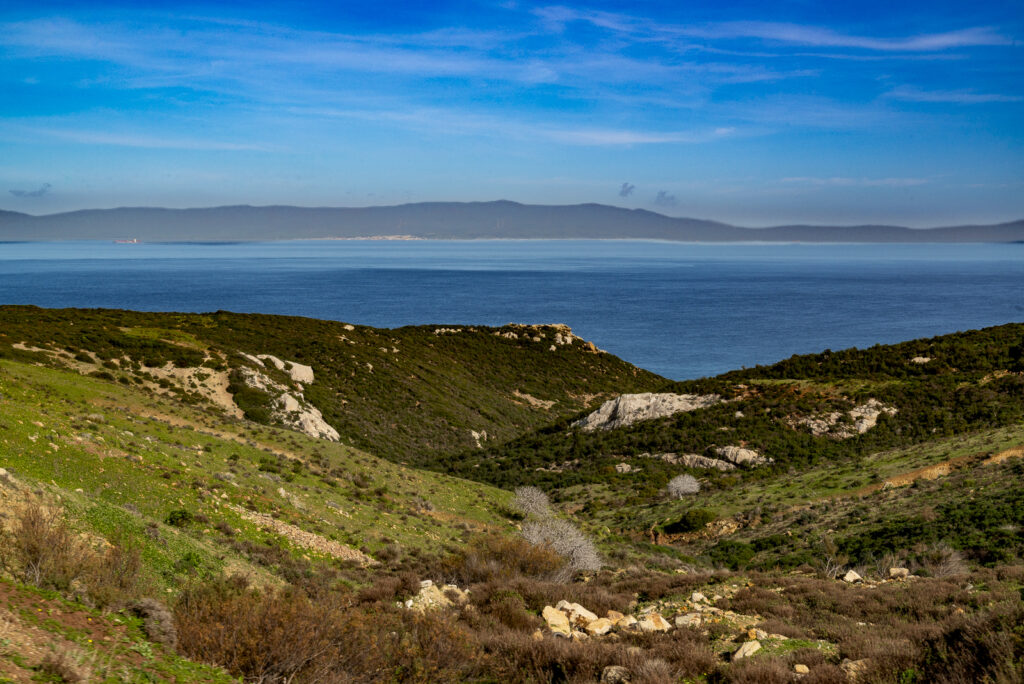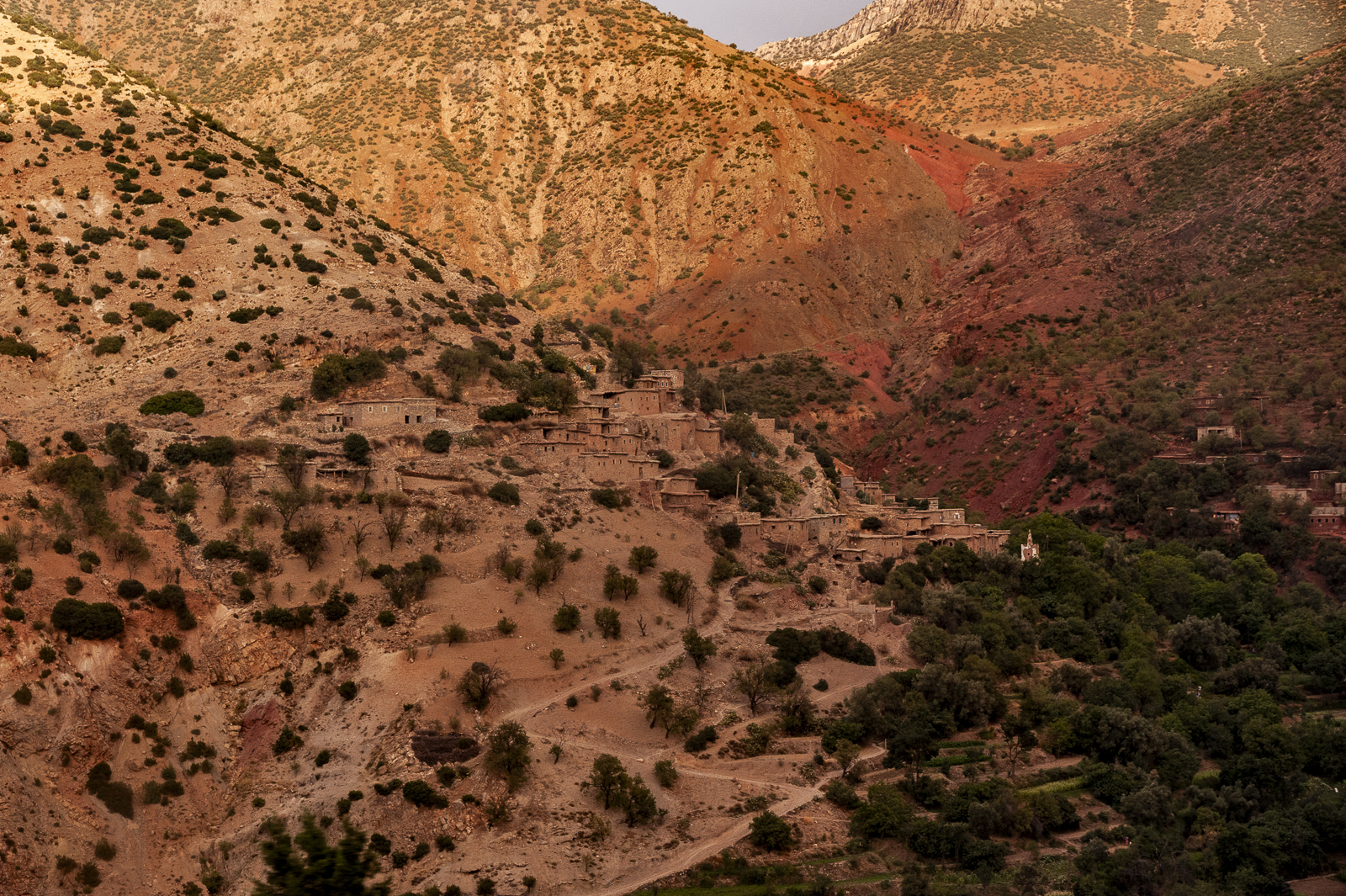
Find out more:
As in antiquity, the medieval Maghreb was highly oriented towards the Mediterranean. As for the rest of the Islamic world, the Mediterranean was not only a space to compete with the Christians, but was also one of transit and exchange. In particular, it connected the region with the Iberian Peninsula (al-Andalus).
In the Strait of Gibraltar, relations were intense and fluid. According to medieval writers, it took a third of a day to cross, so large-scale traffic was channelled through it, making it an area of mixed ethnicity, with many Berbers settling in the districts of Algeciras and Tarifa.
Beyond the Straits, these relations were supported by the presence of many Berbers on the Iberian Peninsula, who settled there across the centuries, including at the time of the conquest, during the Caliphate of Cordoba (10th century) and the Taifa kingdoms (11th century), and then under the Almoravids and the Almohads. Many of them retained links with their places of origin. Cities were also founded in the Maghreb by the Andalusians, with the tacit agreement, and sometimes even the active participation, of the Berber inhabitants, as in Oran, founded in 902. Since the Islamic conquest in the 8th century, the Maghreb has been building and nurturing a close relationship with the opposite shore and its inhabitants. When Granada passed into the hands of the Catholic Monarchs, it was to the Maghreb, which had become a familiar place, that the defeated Amir Muhammad XII, Boabdil, chose to flee.
Aurélien Montel
Université Toulouse-Jean Jaurès, France
















